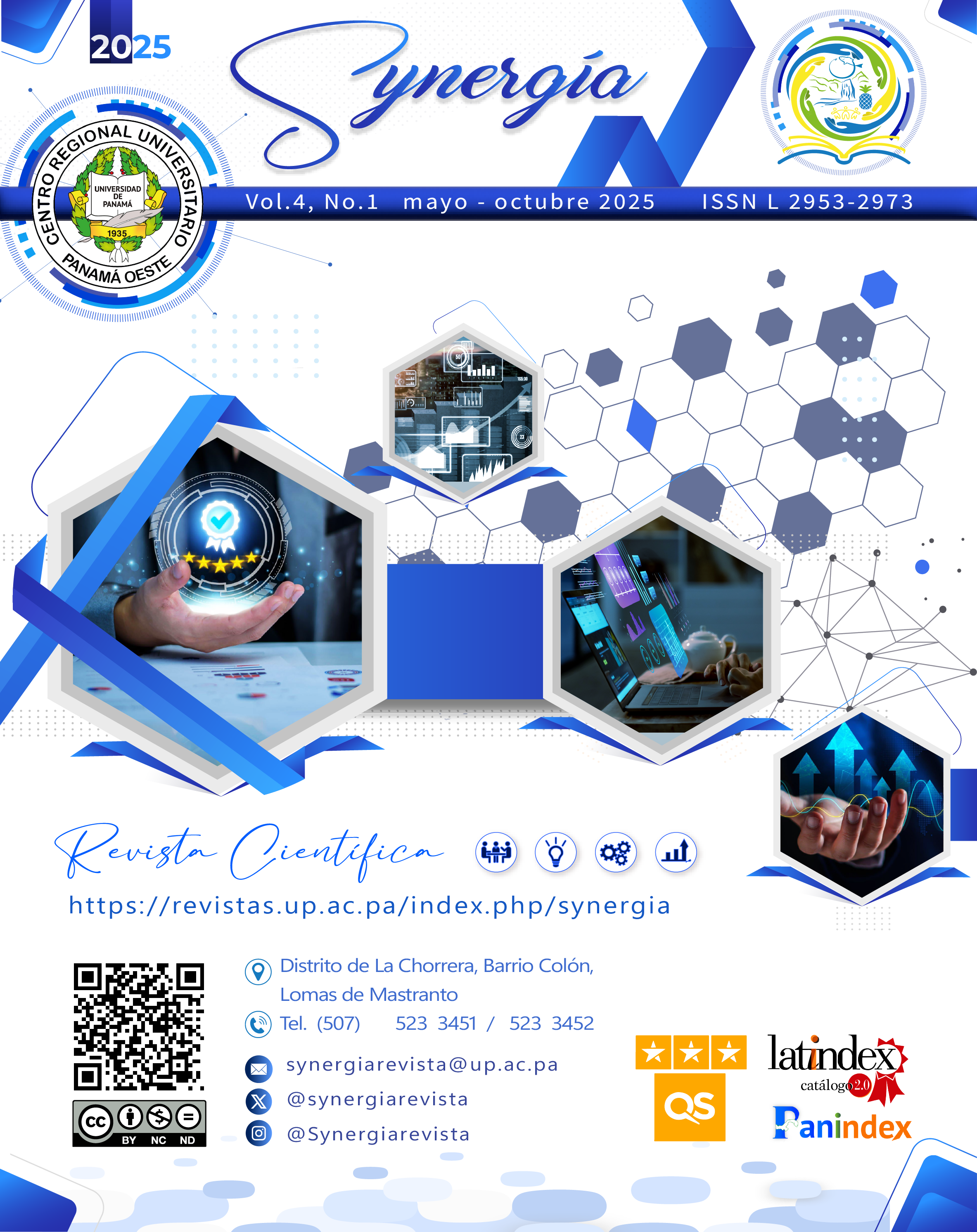

Copyright (c) 2025 Synergía

This work is licensed under a Creative Commons Attribution-NonCommercial-ShareAlike 4.0 International License.
Following the emergence of the first superhero comics in 1936, publishers like Marvel and DC Comics defined the aesthetics, powers and equipment that these special beings should have; a very influential artist in this genre was Jack Kirby, who Kevin Eastman and Peter Laird deeply admire. The year 1984 was very special, because Eastman and Laird independently through Mirage Studios, launched the first issue of the Teenage Mutant Ninja Turtles (TMNT), which began as a parody of superhero archetypes, but was successful. Then, Mark Freedman visualized the potential of this work, which led to the collaboration with Playmates toy company, as well as the development of a TV animated series with a catchy jingle, movies, video games, among many other products; TMNT became a household name in popular culture in the late 1980s and early 1990s. Despite the ups and downs that have occurred since its creation more than 40 years ago, TMNT remains relevant, because evolution is something inherent in its nature, being now recognizable characters both by young adults, children and teenagers in the new era. In this work, we analyze the right decisions and mistakes made with this property, for which we consulted more than 20 references related to the topic. In conclusion, what began as a joke mutated from the sewers to make its way into pop culture.